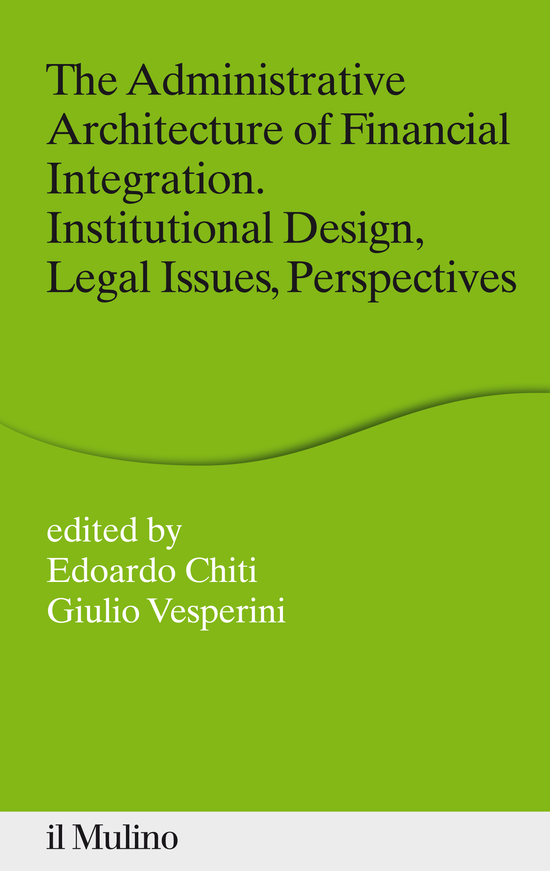The Administrative Architecture of Financial Integration
Institutional Design, Legal Issues, Perspectives
In order to react to the multidimensional crisis exploded in 2008, the European actors have adopted a number of measures aimed at enhancing financial integration in the EU. Considered as a whole, the various measures have given rise to a framework characterized by several elements. First, financial integration is to be realized through the establishment of a new EU regulatory framework. Second, regulation is accompanied by strengthened financial supervision in the EU, carried out by transnational administrative networks functionally dominated by the new European Supervisory Authorities. Third, within the Eurozone only, both bank supervision and bank resolution have been centralized. Fourth, financial integration has been designed in such a way to include financial stability. This book aims at bringing together the various components of the new framework in order to reflect on their connections and interactions. It explores the administrative arrangements through which the functions of regulation, supervision and resolution are carried out. It discusses the rationale of the overall construction. It points to its inconsistencies, overlappings and conflicts, with the distinction between non-Euro and Euro-countries operating as a fundamental source of tension.


